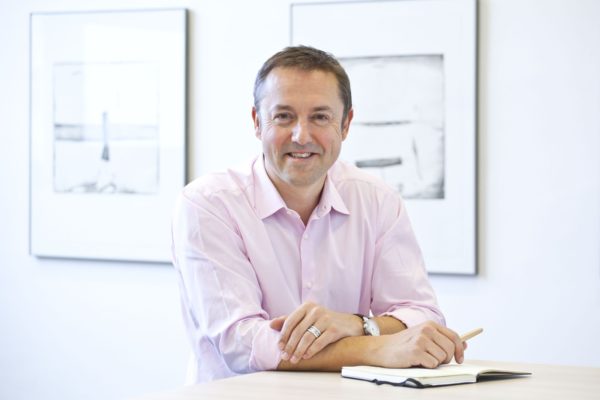28 August 2019
Interview on end-of-life issues with Peter Wells, CEO – Onshore Wind, Europe & SSA at GE Renewable Energy
Before next week’s End-of-Life Issues and Strategies Seminar (EoLIS), we sat down with Peter Wells to get his take on repowering, lifetime extension, and more.

A significant share of Europe’s wind energy capacity will reach the end of its operational lifetime in the next 15 years. From a business and societal perspective, what is the value of keeping this outgoing capacity running? Is there any?
I don’t believe there is a simple, or singular, answer here. The answer is, it depends. It may well be that many of the assets reaching this position will face challenges and different opportunities. For example, an older asset may well have great wind resource that could benefit from much greater AEP and improved LCOE from newer, larger, more efficient turbines. However, this same asset may face permit restrictions that prevent or limit a technology transition, and the owner may see a different IRR from that originally envisioned when the asset was commissioned, meaning they need to keep the asset running to generate more return. What then is the offtake situation? Is the FiT left to run? A PPA? Is it merchant? How is the market performing?
So, it is complex, but solvable. It seems to me that every asset will have options driven by the fundamental investment model followed, the permitting environment, the offtake situation, the technology’s performance, and the technology options for life extension, repowering, and decommissioning (and recycle or repurpose options that might follow). This is where owner, OEM and policy can combine. Working together, to meet these challenges and opportunities. I am sure we will see various models evolve and succeed.
For society, again it depends on your viewpoint. For me, climate change is real, and we’re already too late in avoiding no impact. The situation is urgent and we should absolutely find ways to extend economic life, performance upgrades and sustainable repowering solutions on assets that approach, and reach, end of life.
Repowering and lifetime extension: which one of them should be the preferred solution for business and governments? Or do they need to go hand-in-hand?
They go hand in hand. For the reasons I mention above, we need to develop different options for different technologies, markets and locations. The variables that drive the optimal solution will change, and we need to approach case by case to find the best outcome. Even then, I see this as a strategy rather than a final destination. There will be a series of steps, transitions if you will, that allow us to move assets through end of life. It’s not a finite, singular response, but rather a sequence of events and actions that optimise the outcome.
Let’s imagine that you’re the Energy Minister for your country. You’re drafting your national strategy for tackling wind energy assets reaching the end of their operational lifetime. What are two key elements of your strategy?
I believe I would establish incentives for three elements: (1) life extension, (2) repowering, and (3) circular economy. It is clear that we should seek 100% repowering/life extension on assets that are probably located with great wind resource. These end-of-life scenarios would be critical in helping me understand the best approach for ‘my country’ and I’d want to test and reward the best models. Where best would address LCOE, Climate Change, and Sustainability. Private and public partnership would be key. And even looking at how hybrid solutions could play would be of interest. I would see it as an opportunity to experiment, innovate and lead. Good for my country, good for the industry, good for Europe, and good for the planet.
An underlying core principle might be this: don’t assume you have the answer, but create an environment that enables that answer to be found.
Interested in learning more about end-of-life issues in wind?

